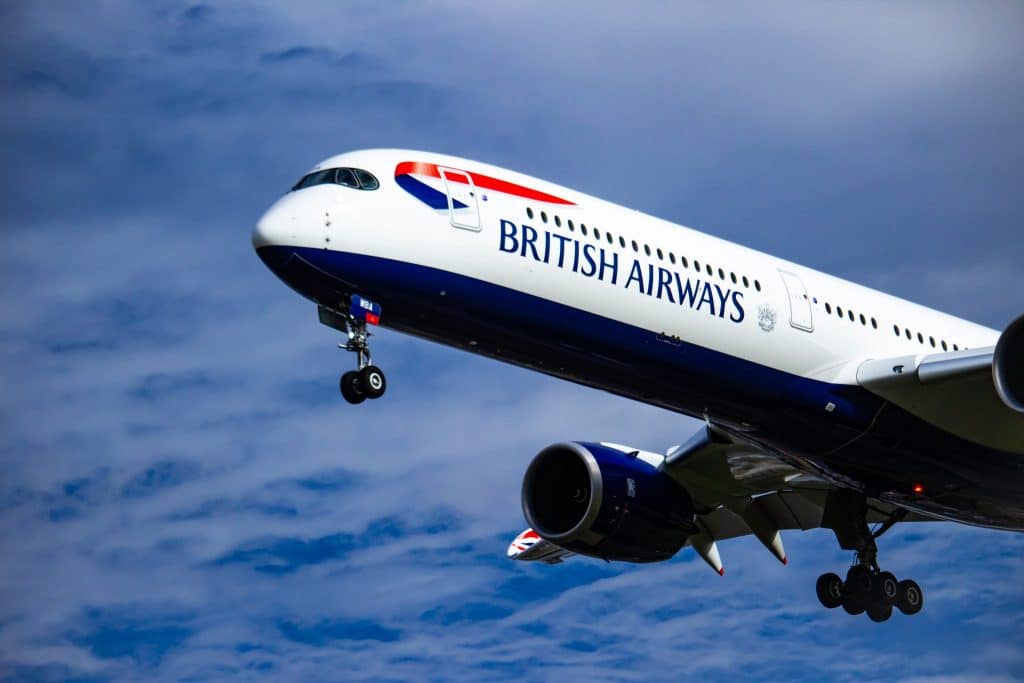Key points:
- Significant volatility in a liquid stock with a small spread is something we should be interested in as traders
- IAG meets this, the spread is 0.01% but the daily movements and 7 and 3%
- The big question though is which way is IAG going to go next?
- Is Now The Time To Invest In Travel Shares?
International Consolidated Airlines Group SA (LON: IAG) shares have been up and down like – well, we’re not supposed to say that plainly these days – the underwear of a lady of negotiable virtue. This should interest us as traders for the stock is good and liquid. This also being a way of saying that the spread is narrow. Currently, it looks like being 0.14, perhaps 0,12 pence, or 0.01% of the IAG share price of 150 pence and change.
When the IAG price is moving significantly, it was down some 7% yesterday, is up some 2 to 2.5% today, that means it’s possible to move in and out of the stock, cover the spread and make a profit. If, of course, we call the movement the right way when taking our trading position.
Which is where the problem really is. IAG owns British Airways, Iberia and other airline brands. Some are to do with the short-haul European market, much of the business though is that intercontinental long haul stuff dominated by the heritage airlines.

Also Read: The Best Travel Stocks To Buy
All of this was hard hit – very hard hit indeed – by the covid lockdowns. OK, so we know that. We can also see that the short-haul – European at least – airlines such as Wizz, Easyjet and so on are recovering as their markets open up again. But what is it that’s going to happen to those long-haul businesses? That’s what we’re pretty sure is the core of the IAG business after all.
Which is something we don’t really know and it’s this uncertainty which is driving the volatility in the IAG share price. For there’s an important point here about how the two airline markets, long and short-haul, differ.
In the short-haul market the passengers are trying to get themselves to somewhere they can experience something. Cheap booze, sunshine, a nice cultural trip, something. The aim is to get the individual to the place. Sure, that happens with long haul too. But the core of the profitability of long-haul travel is business class. Which, as the name suggests, is about business. It’s not so much getting the individual to be there to experience something. It’s to close the piece of business.
So, how much of the habits of lockdown are going to persist? With short-haul the assumption is that we’ll all get back on board because we want the cheap booze, the sunshine. But now that business has had to do business over Zoom for a couple of years how much of that long haul – and the profitable part of it to boot – business travel is going to come back?
That’s what the IAG valuation problem is. Not whether long-haul flights can be made again. But how many people are going to turn up to take long-haul flights? As opinions about this vary then so too does the IAG share price.
We can expect the IAG share price to stay volatile until we gain some actual and real information about passenger loads on those newly possible again long-haul business trips. The number to look for is the business class, not cattle class, load. Which way it’s going to go, well, that’s the trade and the speculation.
